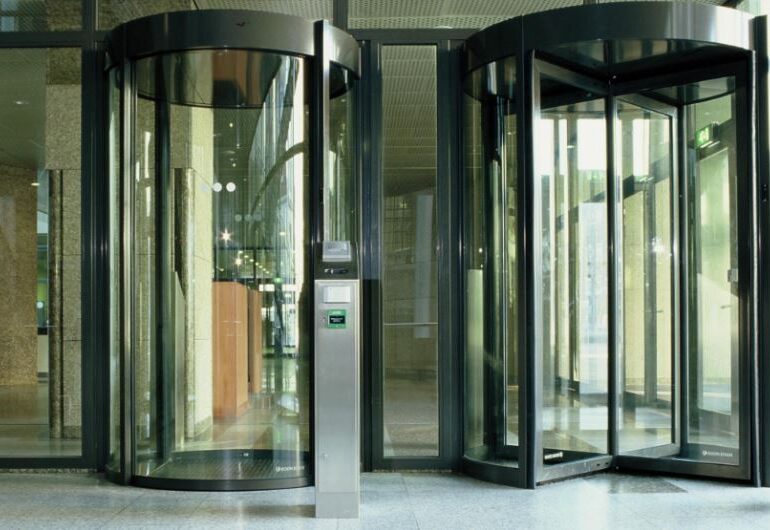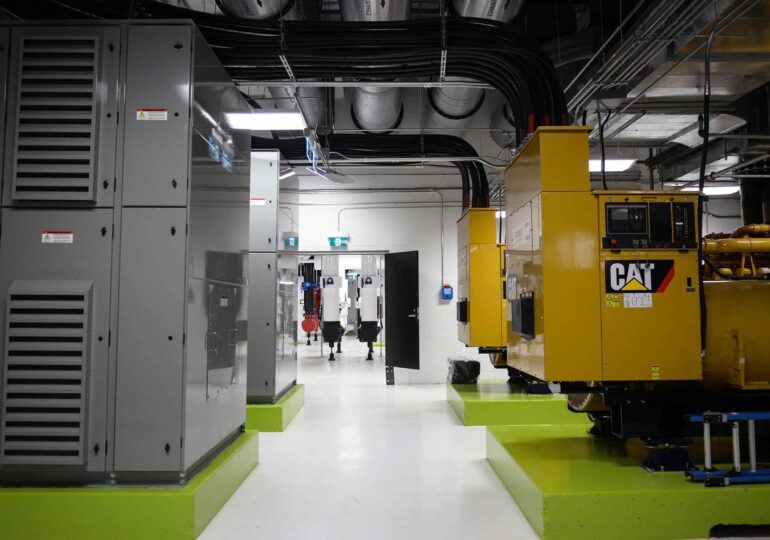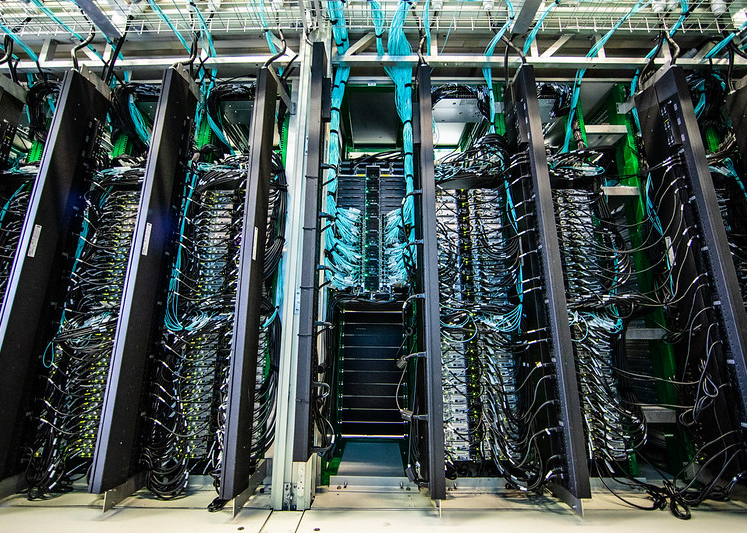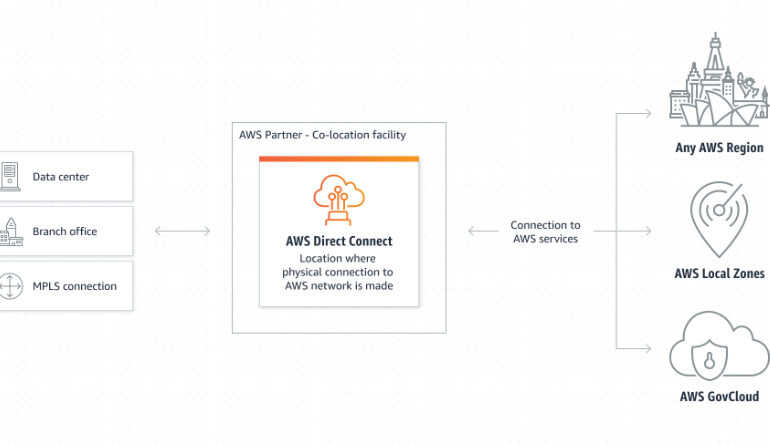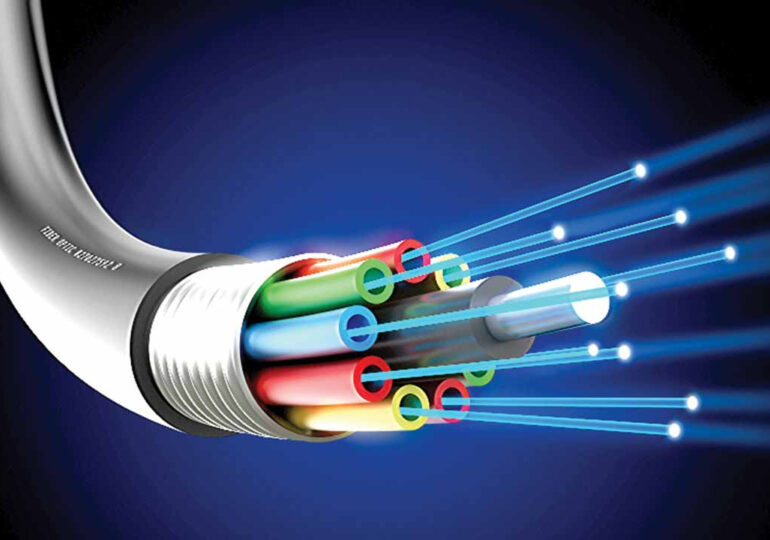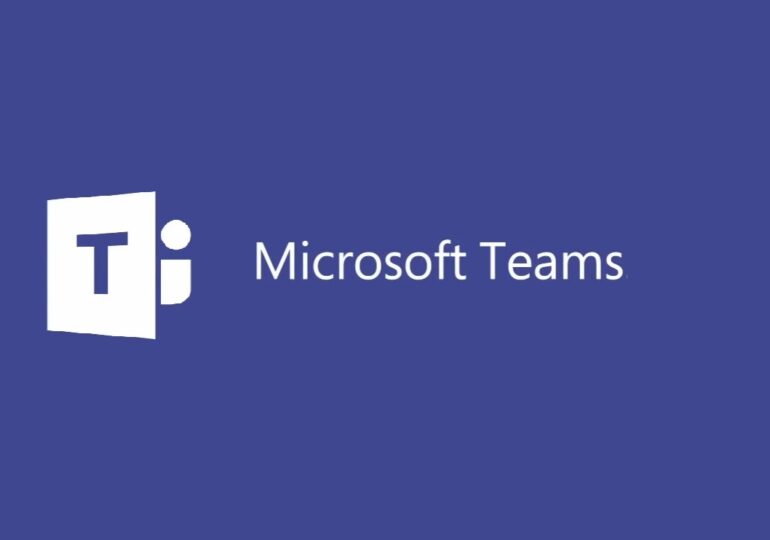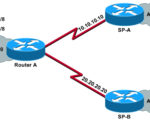The Benefits of Deploying 100G LR-1 Optical Transceivers in Your Network

Image Source: Microsoft
Introduction
Are you looking to enhance the performance of your network? Consider deploying 100G LR-1 optical transceivers, a cutting-edge solution that can transform your network infrastructure. With their advanced capabilities, these transceivers offer numerous benefits and can significantly improve your network’s operations.
The 100G LR-1 optical transceivers provide lightning-fast data transmission speeds of up to 100 gigabits per second, ensuring efficient communication between devices and minimizing latency. This means faster data transfers, reduced network congestion, and improved response times for your applications.
In addition to speed, these transceivers offer exceptional reliability and stability, making them an ideal choice for mission-critical operations. With their advanced error correction and fault detection mechanisms, they ensure seamless data transmission, minimizing downtime and enhancing network performance.
Another advantage of deploying 100G LR-1 optical transceivers is their scalability. Whether you’re expanding your network or upgrading existing infrastructure, these transceivers can effortlessly accommodate growing bandwidth requirements.
Upgrade your network with 100G LR-1 optical transceivers and experience the benefits of enhanced speed, reliability, and scalability. Take your network performance to the next level and stay ahead in today’s fast-paced digital landscape.
Understanding the Need for High-Speed Data Transmission
In today’s digital age, high-speed data transmission is crucial for businesses to stay competitive and meet the demands of their customers. With the increasing volume of data being generated and the need for real-time communication, traditional network infrastructures may struggle to keep up.
The deployment of 100G LR-1 optical transceivers addresses this challenge by offering lightning-fast data transmission speeds of up to 100 gigabits per second. This level of speed allows for seamless communication between devices, enabling businesses to transfer large amounts of data quickly and efficiently.
Furthermore, high-speed data transmission minimizes latency, ensuring that applications and services can deliver optimal performance. Whether it’s streaming high-definition videos, conducting video conferences, or running data-intensive applications, the speed provided by 100G LR-1 optical transceivers can significantly enhance user experience and productivity.
In summary, the need for high-speed data transmission is driven by the growing demand for real-time communication, the increasing volume of data, and the need for optimal performance in various applications and services.
Benefits of Deploying 100G LR-1 Optical Transceivers
Deploying 100G LR-1 optical transceivers in your network offers a wide range of benefits that can positively impact your business operations. Let’s explore some of these benefits in detail:
1. Lightning-Fast Data Transmission
One of the primary advantages of 100G LR-1 optical transceivers is their ability to provide lightning-fast data transmission speeds of up to 100 gigabits per second. This level of speed enables businesses to transfer large amounts of data quickly and efficiently, enhancing productivity and reducing latency.
With faster data transmission, businesses can enjoy improved response times for their applications and services, leading to enhanced user experience and customer satisfaction. Whether it’s accessing cloud-based resources, transferring large files, or conducting real-time communication, the speed offered by 100G LR-1 optical transceivers can significantly boost network performance.
2. Exceptional Reliability and Stability
In mission-critical operations, network downtime can have severe consequences, resulting in lost productivity, revenue, and customer trust. Deploying 100G LR-1 optical transceivers can help mitigate these risks by offering exceptional reliability and stability.
These transceivers are equipped with advanced error correction and fault detection mechanisms, ensuring seamless data transmission and minimizing the chances of network disruptions. They can detect and correct errors in real time, preventing data loss and maintaining network stability.
By deploying reliable and stable 100G LR-1 optical transceivers, businesses can enjoy uninterrupted network operations, minimizing downtime, and maximizing productivity.
3. Scalability to Accommodate Growing Bandwidth Requirements
As businesses grow and expand, their network infrastructure needs to keep up with the increasing bandwidth demands. The scalability of 100G LR-1 optical transceivers makes them an ideal choice for accommodating these growing bandwidth requirements.
Whether you’re expanding your network or upgrading existing infrastructure, 100G LR-1 optical transceivers can effortlessly scale to meet your needs. They offer the flexibility to handle higher data volumes without compromising on speed or reliability.
By deploying scalable transceivers, businesses can future-proof their network infrastructure, ensuring that it can adapt to evolving technologies and growing demands.
4. Enhanced Network Security
Network security is a top concern for businesses, especially in today’s highly interconnected digital landscape. The deployment of 100G LR-1 optical transceivers can enhance network security by providing a secure and reliable data transmission channel.
These transceivers utilize advanced encryption techniques to protect data during transmission, ensuring that it remains confidential and secure. By deploying secure transceivers, businesses can protect sensitive information and safeguard their network from potential cyber threats.
In summary, the benefits of deploying 100G LR-1 optical transceivers include lightning-fast data transmission, exceptional reliability and stability, scalability to accommodate growing bandwidth requirements, and enhanced network security.
Cost-Efficiency of 100G LR-1 Optical Transceivers
When considering network infrastructure upgrades, cost-efficiency is a critical factor for businesses. While the deployment of 100G LR-1 optical transceivers may require an initial investment, they offer long-term cost savings and return on investment.
The cost-efficiency of 100G LR-1 optical transceivers can be attributed to several factors:
1. Consolidation of Network Equipment
By deploying 100G LR-1 optical transceivers, businesses can consolidate their network equipment, reducing the number of devices and associated maintenance costs. These transceivers offer high-density interfaces, allowing businesses to achieve more with fewer devices.
Consolidation not only reduces hardware costs but also simplifies network management, making it more efficient and cost-effective.
2. Energy Efficiency
Energy consumption is a significant expense for businesses operating network infrastructures. 100G LR-1 optical transceivers are designed to be energy-efficient, consuming less power compared to traditional network equipment.
By deploying energy-efficient transceivers, businesses can reduce their energy costs and contribute to environmental sustainability.
3. Long-Term Scalability
The scalability of 100G LR-1 optical transceivers ensures that businesses can accommodate growing bandwidth requirements without the need for frequent upgrades or replacements. This long-term scalability reduces the total cost of ownership and minimizes future expenses.
Additionally, the enhanced network performance and reliability offered by 100G LR-1 optical transceivers can lead to increased productivity and revenue generation, further contributing to their cost efficiency.
In summary, while the initial investment in 100G LR-1 optical transceivers may be higher compared to traditional network equipment, the long-term cost savings, consolidation of network equipment, energy efficiency, and scalability make them a cost-effective choice for businesses.
Enhanced Network Performance with 100G LR-1 Optical Transceivers
The deployment of 100G LR-1 optical transceivers can significantly enhance network performance, offering several advantages over traditional network equipment. Let’s explore these enhancements in detail:
1. Faster Data Transfers
The lightning-fast data transmission speeds of up to 100 gigabits per second provided by 100G LR-1 optical transceivers enable businesses to transfer large amounts of data quickly and efficiently. This speed ensures that applications and services can deliver optimal performance, reducing latency and enhancing user experience.
Whether it’s transferring large files, accessing cloud-based resources, or running data-intensive applications, the faster data transfers offered by 100G LR-1 optical transceivers can significantly improve network performance.
2. Reduced Network Congestion
Network congestion can hinder performance and productivity, leading to slower data transfers and increased latency. 100G LR-1 optical transceivers help alleviate network congestion by providing ample bandwidth to handle high data volumes.
These transceivers offer high-density interfaces, allowing businesses to accommodate more devices and users without compromising on speed or reliability. By reducing network congestion, businesses can ensure smooth and efficient data transmission, enhancing network performance.
3. Improved Application Response Times
In today’s fast-paced digital landscape, applications need to respond quickly to user interactions. The deployment of 100G LR-1 optical transceivers can improve application response times, ensuring that users can access and utilize applications without delays.
The high-speed data transmission and reduced network congestion offered by these transceivers enable applications to deliver real-time responses, enhancing user experience and productivity.
4. Enhanced Reliability and Stability
Network downtime can have severe consequences for businesses, resulting in lost productivity, revenue, and customer trust. 100G LR-1 optical transceivers offer exceptional reliability and stability, minimizing the chances of network disruptions.
These transceivers are equipped with advanced error correction and fault detection mechanisms, ensuring seamless data transmission and minimizing downtime. By deploying reliable and stable transceivers, businesses can enjoy uninterrupted network operations and enhanced network performance.
In summary, the deployment of 100G LR-1 optical transceivers can enhance network performance through faster data transfers, reduced network congestion, improved application response times, and enhanced reliability and stability.
Compatibility and Interoperability of 100G LR-1 Optical Transceivers
When considering network infrastructure upgrades, compatibility and interoperability are crucial factors to ensure seamless integration with existing equipment and future technologies. 100G LR-1 optical transceivers offer high compatibility and interoperability with various network devices and standards.
1. Multi-Vendor Support
100G LR-1 optical transceivers are designed to support multi-vendor environments, allowing businesses to choose from a wide range of manufacturers. This flexibility ensures that businesses can select the most suitable transceiver options based on their specific requirements and preferences.
The multi-vendor support also enables businesses to avoid vendor lock-in, providing them with the freedom to choose the best solutions for their network infrastructure.
2. Standard Compliance
100G LR-1 optical transceivers adhere to industry standards, ensuring compatibility with existing network devices and technologies. These transceivers are designed to work seamlessly with various protocols and standards, such as Ethernet and Fibre Channel, enabling businesses to integrate them into their network infrastructure without compatibility issues.
By complying with industry standards, 100G LR-1 optical transceivers offer businesses peace of mind, knowing that they can seamlessly integrate them into their existing network ecosystem.
3. Future-Proofing
The compatibility and interoperability of 100G LR-1 optical transceivers extend to future technologies and network upgrades. These transceivers are designed to support higher data rates and evolving industry standards, ensuring that businesses can future-proof their network infrastructure.
By deploying 100G LR-1 optical transceivers, businesses can confidently embrace future technologies and upgrades without the need for extensive equipment replacements or upgrades.
In summary, the compatibility and interoperability of 100G LR-1 optical transceivers with multi-vendor environments, adherence to industry standards, and future-proofing capabilities make them a versatile choice for businesses seeking to upgrade their network infrastructure.
Deployment Considerations for 100G LR-1 Optical Transceivers
When deploying 100G LR-1 optical transceivers in your network, several considerations can help ensure a successful implementation. Let’s explore these deployment considerations in detail:
1. Network Assessment
Before deploying 100G LR-1 optical transceivers, it’s essential to conduct a thorough network assessment to understand your network’s current capabilities and requirements. This assessment should include an analysis of existing equipment, bandwidth requirements, and potential bottlenecks.
By conducting a network assessment, businesses can identify areas that require improvement or optimization and make informed decisions regarding the deployment of 100G LR-1 optical transceivers.
2. Infrastructure Readiness
Successful deployment of 100G LR-1 optical transceivers requires ensuring that your network infrastructure is ready to support these high-speed transceivers. This includes verifying the compatibility of existing devices, cabling infrastructure, and power requirements.
Businesses should also consider any necessary network upgrades or modifications to support the deployment of 100G LR-1 optical transceivers fully.
3. Testing and Validation
Before fully integrating 100G LR-1 optical transceivers into your network, it’s crucial to conduct thorough testing and validation. This includes verifying the performance, reliability, and compatibility of these transceivers with your network devices and applications.
Testing and validation help identify any potential issues or compatibility conflicts early on, allowing businesses to address them before widespread deployment.
4. Training and Support
To ensure a smooth transition and optimal utilization of 100G LR-1 optical transceivers, businesses should invest in training and support for their IT teams. This includes providing comprehensive training on the deployment, configuration, and maintenance of these transceivers.
Additionally, having access to reliable technical support from the transceiver manufacturer or vendor can help address any issues or concerns during and after deployment.
In summary, considering network assessment, infrastructure readiness, testing and validation, and training and support can contribute to the successful deployment of 100G LR-1 optical transceivers.
Conclusion
As discussed above, these valuable insights into the benefits and outcomes of deploying 100G LR-1 optical transceivers pave the way for greater performance and benefits not only for the data network operators themselves but also for their end-users, whether business or home users.

